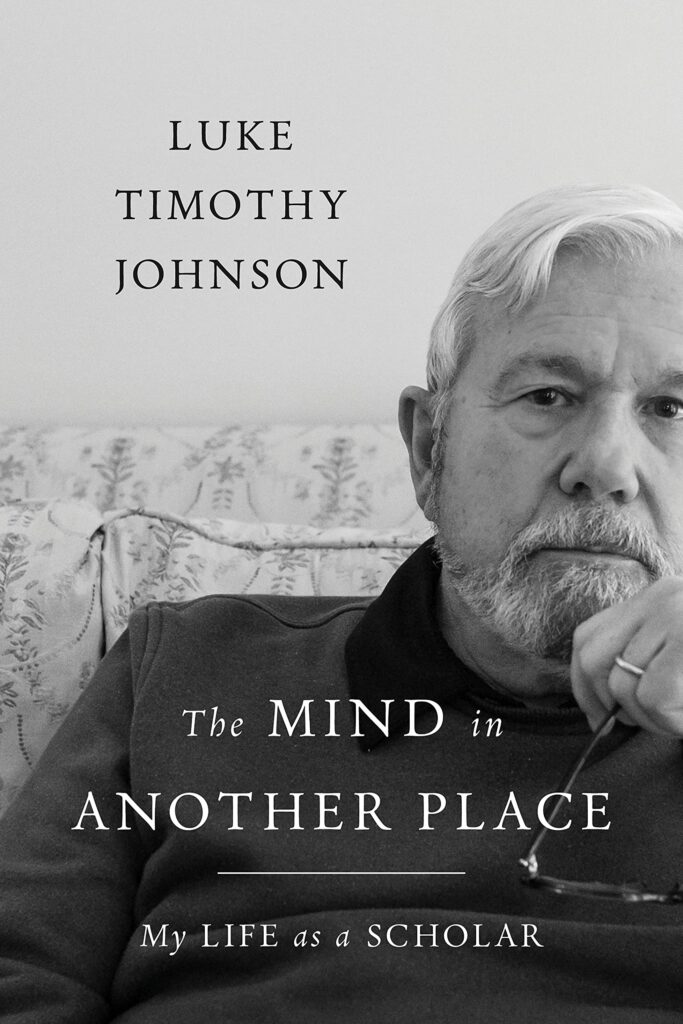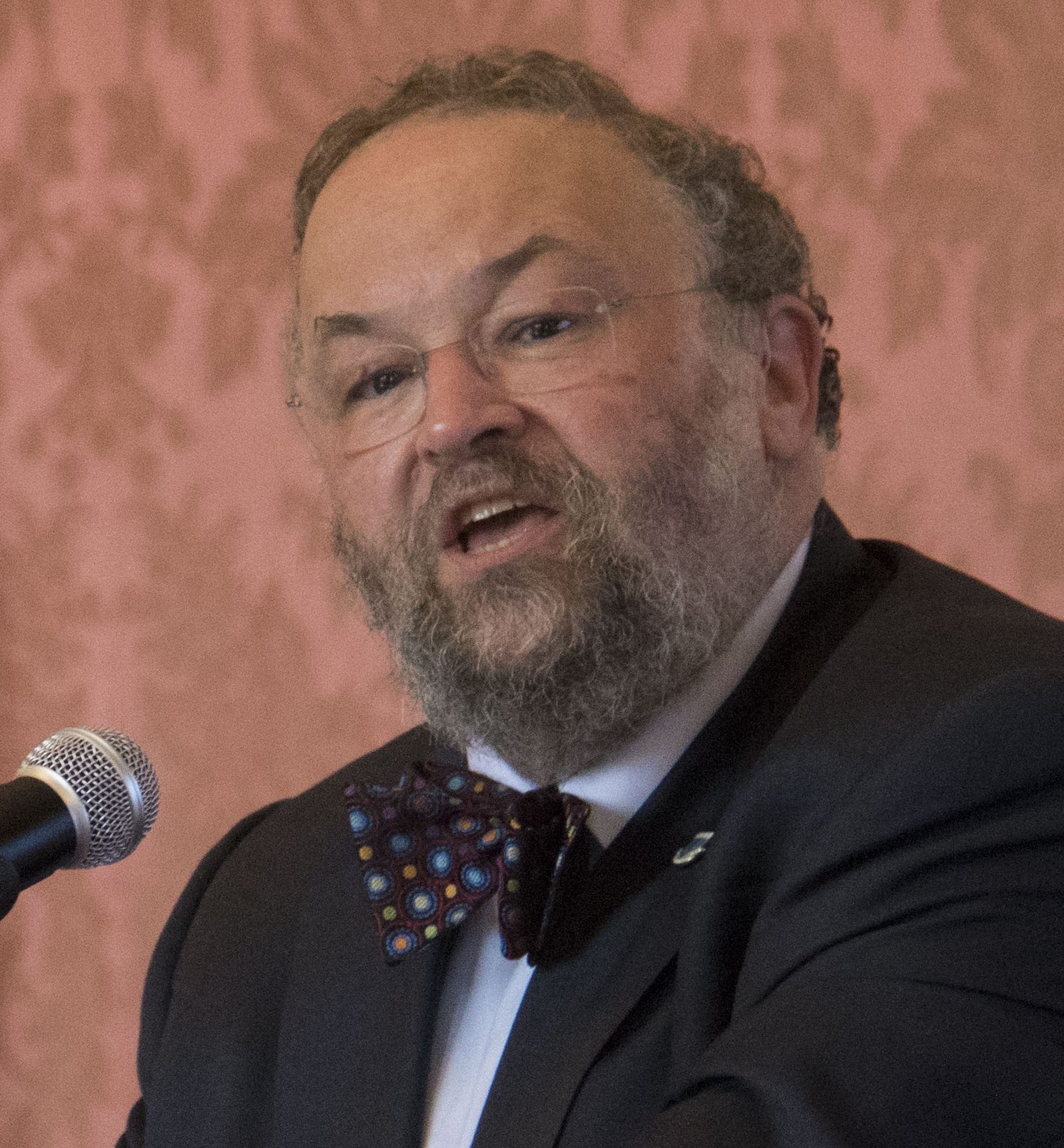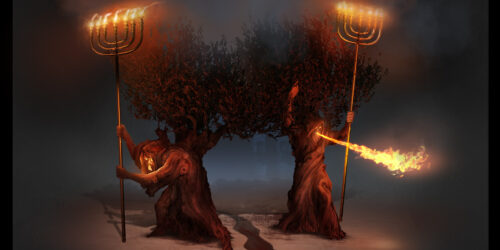A cracking read: Luke Timothy Johnson’s autobiography as a scholar

Luke Timothy Johnson, The Mind in Another Place: My Life as a Scholar
Grand Rapids: Eerdmans, 2022. ISBN 978-0-8028-8011-6.
I read Luke Timothy Johnson’s book with great appreciation over the weekend. It’s clear, lucid, engaging, and very encouraging and stimulating. I’ve long been an admirer of his work: his published PhD dissertation, The Literary Function of Possessions in Luke-Acts (SBLDS 39; Missoula, MT: Scholars, 1977) was a pioneering ‘narrative’ reading of Luke-Acts which I found very helpful in my own PhD work a few years later, and I’ve frequently turned to his commentaries on Luke and Acts in the Sacra Pagina series for help. More recently, his Hebrews commentary was very helpful in teaching a class on the Greek text of the letter, and his iconoclastic The Real Jesus showed up the holes in much ‘historical Jesus’ scholarship. Johnson is a scholar’s scholar, with an impressive range of work within and outside the New Testament. So I turned to this book to learn how and why he did what he did, and was encouraged and challenged.
The larger part of the book tells his story of ‘Becoming a Scholar’ (chs 1–4) and ‘Being a Scholar’ (chs 5–9), followed by a very valuable section considering ‘A Scholar’s Virtues’ (ch 10–11), and a brief Epilogue.
The first part narrates his upbringing as a Catholic for whom faith was the constant atmosphere in which life was done: ‘everything we did somehow connected to life before God’ (26). His father died tragically at the age of 36 when Luke was 11, and then his mother at 13, leading to him living for a couple of years with an older brother and his wife before entering a junior seminary. He was evidently a voracious reader in those days, even though he did not get high grades for his school work. He entered the Benedictine novitiate at age 19, and found himself soaked in Scripture: ‘a monk’s life was immersed in the imaginative world of Scripture: all 150 psalms were chanted every week, some many times over. Filled with the words of the ancient poems and prayers, the monk inescapably thought of God as a living presence and power’ (59). His faith acts as a mainspring for his life and work: looking back he observes that one of ‘the most consistent threads of continuity [is] my abiding sense of living under the gaze of God’ (227). As a monk he studied the required two years of philosophy and four years of theology to train as a priest, and then went on to doctoral studies at Yale.
During the time at Yale he became involved with Joy, a leader in charismatic renewal groups in the Catholic Church, and married her. She was divorced, with six children, and almost ten years older than him. Luke’s relationship with Joy was a kingpin of his life, and a key shaper of his life. She suffered from debilitating illnesses, and much of his work outside his academic posts to supplement their income was to cover medical expenses. Alas, the Catholic Church declined to grant an annulment for Joy’s first marriage, and looked askance at Luke’s marriage: ‘We were on our own’ (84). Later in life they were able to find priests who would allow them to receive the sacrament at the eucharist, but it was some twenty years before Luke was invited to speak in a Catholic setting.
On graduating, Luke took up a postdoctoral role at Yale, and it was here where he became friends with Carl Holladay, a friendship which has lasted the rest of their lives—they both retired from being colleagues at Emory University. After six years at Yale, Luke moved to Indiana University, a state university where he was the only New Testament scholar in a department of religious studies. He found teaching in this setting different, for the students were not necessarily Christian, and the university was ‘secular’. He clearly gained a lot from engaging with faculty colleagues in other fields within religious studies, although he found himself uncomfortable with ‘an approach that fundamentally reduced religion to little more than an academic category’ (119). Along the way, he observes that he was writing—and continued to write—some 50 to 100 letters of recommendation for graduating students per year (122)! It was here he began work on his New Testament introduction based on classes he had taught at Yale and was teaching at Indiana, finally published as The Writings of the New Testament (first edition in 1986). There he begins with asking why there was a Christian movement at all, why it produced writings, why these writings, and why and how they were quickly gathered into a canon. There follows consideration of each of the New Testament documents. At Indiana he also wrote numerous popular-level articles, which he (rightly, I think) regards as extending his teaching ‘outward’, rather than being a ‘dumbing-down’ (127). He also wrote his Luke and Acts commentaries in (respectively) six and eighteen months during this period!
In 1992 he moved to Candler School of Theology at Emory University, Atlanta, GA, where he rejoined his friend Carl Holladay. He was given a Woodruff chair, a position of particular honour at Emory, and managed to steer away from major administrative roles for which he was ill-equipped—although he evidently did his share of committee work and the like. In 1996-97 he found himself at the heart of controversy by publishing The Real Jesus, which included a cogent critique of the Jesus Seminar’s methods and publications, as well as urging that the real Jesus is not a reconstructed ‘historical Jesus’ but the church’s Lord, ‘accessible to the eyes of faith’ (181). Retirement at the age of 72 saw little reduction in his production of books: as well as this book, he has published a substantial study of miracles, and a two-volume treatment of Paul.
Luke Johnson recognises himself as ‘contrarian’ in some of his approaches and stances, and not just over the ‘historical’ Jesus. His major study of Paul continues the view which he expressed much earlier, that it is wiser to read the whole corpus of books bearing Paul’s name than to limit study to those which nineteenth-century scholarship would allow as ‘authentic’. He is impatient with ‘ideological’ approaches which pay insufficient attention to the text of Scripture itself, or which critique what Scripture says purely on the basis of the ideological position from which a scholar comes.
The latter part of the book is in some ways the most important, for here he identifies the virtues—the forms of excellence—required in a scholar’s life. I wish I had read this many years ago in my early days of scholarship: it represents his mature reflections after many years of scholarly endeavour. Here is a listing of the virtues he identifies, to encourage and invite you to enquire further. Intellectual virtues: curiosity, respect for evidence (he’s a big fan of careful exegesis), mastery of the subject, wide and critical reading (including outside the discipline), imagination, and clarity and cogency. Moral virtues: courage, ambition (of the right kind—desiring excellence), discipline, persistence, detachment, contentment, and multitasking (combining efficiency with equanimity). This is a terrific list, and these two chapters alone are worth the price of admission.
This is a book I shall warmly recommend to colleagues, doctoral students, and those considering doctoral work. It’s a joy to read.


